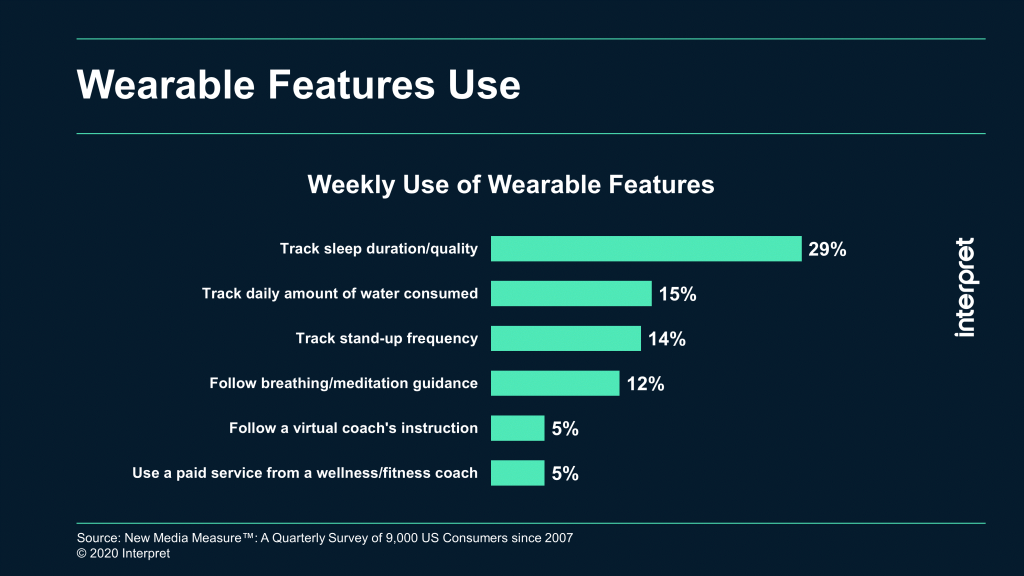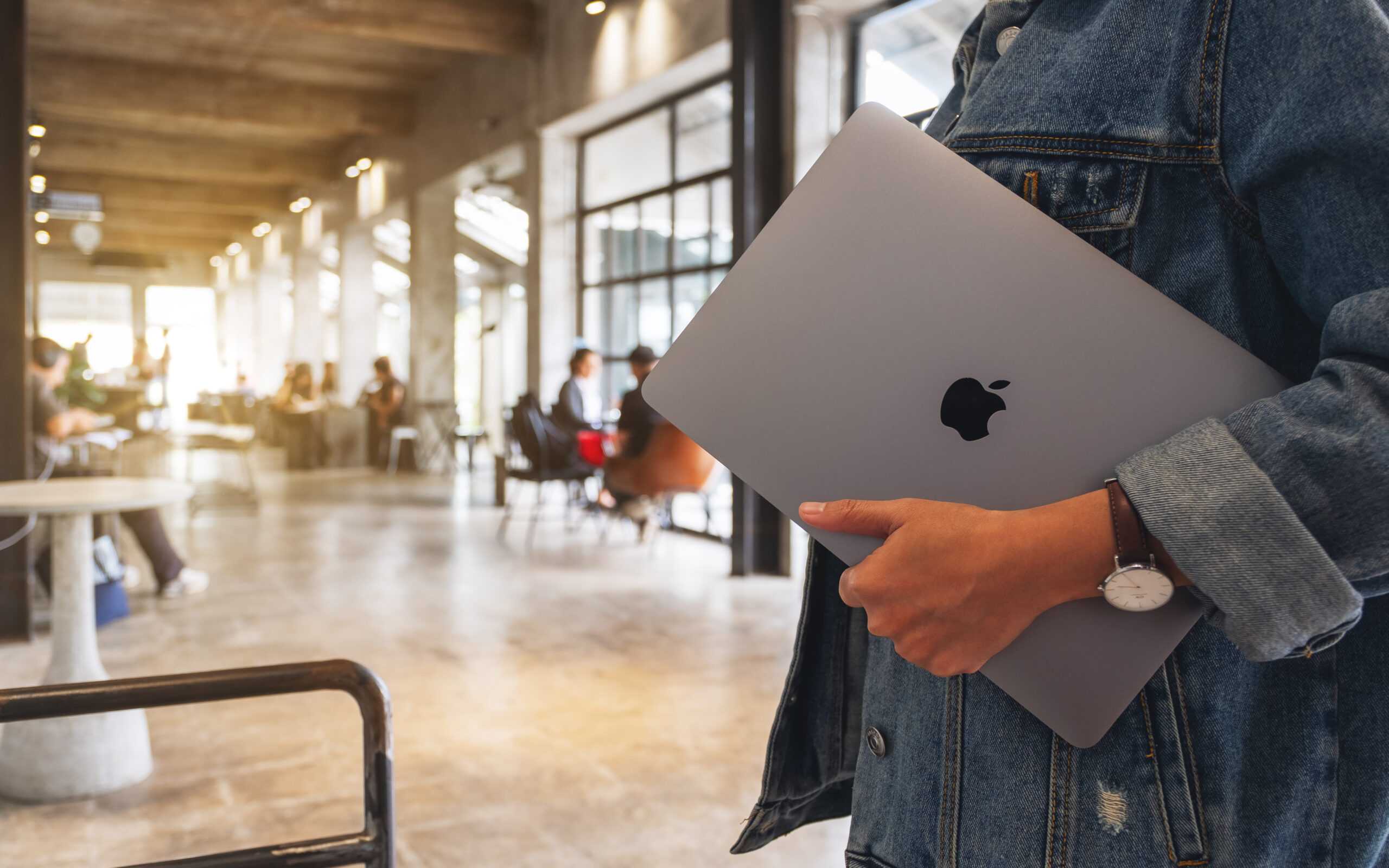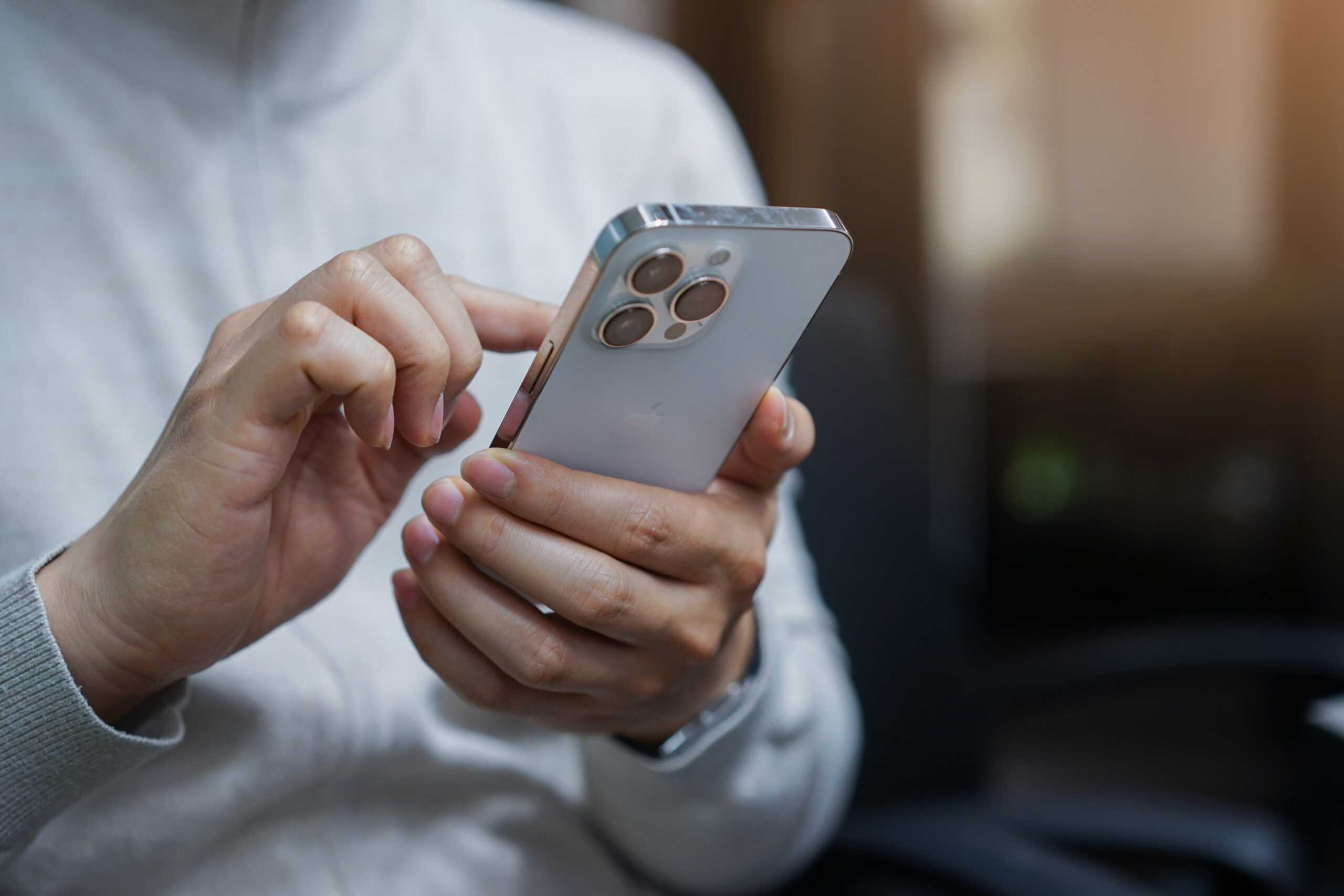Consumer electronics customers now have another reason to pick up a new smartwatch: wearables are becoming increasingly useful tools for scientists tracking the coronavirus. As described by Dr. Eric Topol to Fortune, a type of early warning system for COVID-19 outbreak can be made possible by utilizing anonymized data collected from thousands of volunteers who wear smartwatches and fitness trackers. The Scripps Research professor’s system, which started a trial in March, looks specifically at users’ resting heart rates, as elevated resting heart rates can often be a sign of infection. Scientists also believe that tracking sleep quality and the number of steps taken per day can be helpful in predicting any outbreaks.
The wearables data most in-demand by scientists also happens to stem from the most frequently used functions. According to Interpret’s New Media Measure®, more than 52% of wearables owners use the device to track their steps, while resting heart rate and sleep quality measurements are both used by 29% of the wearables audience. Given that Apple only recently added sleep tracking to its Apple Watch, we expect the number of users scrutinizing their sleep patterns to rise in the near future.
New Media Measure indicates that 36% of the U.S. population (about 118 million people) currently uses a wearable device. From a scientific perspective, the problem with monitoring user data is that studies need more widespread coverage. Dr. Topol’s system has just 40,000 participants, which is clearly not enough for a nationwide system, but companies like Fitbit are aiming to help by asking users who have tested positive for coronavirus to share their data; this allows scientists to review data from before the positive tests and should give researchers an idea of what warning signs to look for. Moreover, to further accelerate adoption in poorer communities where COVID-19 has spread more quickly, researchers from Duke University’s COVID-19 wearables study are asking Apple and Garmin to distribute free devices.
Interpret expects the wearables market to play a significant role in the growing overlap between personal fitness, health, medicine and consumer electronics.






